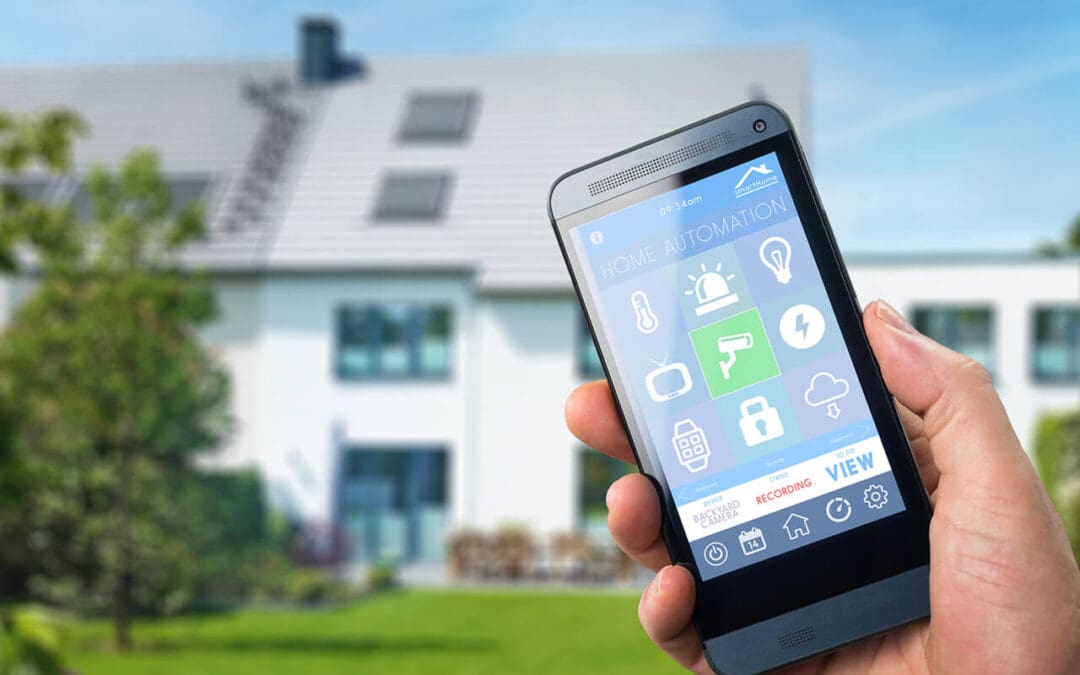A safe and secure home provides peace of mind, protecting your loved ones, your belongings, and your sense of comfort. It’s about creating an environment that deters risks and allows you to relax without worry. Home safety isn’t something that happens by accident; it’s something you build with intention. From proper lighting to smart technology, each layer of protection adds up to a stronger defense against threats like break-ins, fires, and accidents. Whether you’re a first-time homeowner or have lived in your home for years, taking time to evaluate and enhance your safety measures is one of the smartest investments you could make.
Building a Foundation for a Safe and Secure Home
The first step toward a safe and secure home starts with the basics, ensuring that the structure and systems of your home are in good condition. This means checking locks, windows, and doors to confirm they work properly, securing entry points, and evaluating outdoor lighting. Many homeowners overlook simple maintenance tasks that play a huge role in safety. Weak door frames, faulty smoke detectors, or poorly lit entrances will leave your home vulnerable. Routine inspections and upkeep make all the difference. Make sure doors and windows close securely, replace batteries in smoke and carbon monoxide detectors, and install motion-sensor lights around entrances. A strong foundation of security starts with being proactive about small details that keep potential problems from becoming major risks.
Smart Technology for a Safe and Secure Home
In today’s world, technology makes it easier than ever to protect your property. A smart home system will turn your house into a connected fortress, allowing you to monitor and control safety features from anywhere. Smart doorbells, security cameras, and alarms alert you instantly if something seems off, while smart locks allow you to grant access remotely to trusted guests or service professionals. Smart technology boosts protection while providing convenience. Imagine being able to check if you locked the front door or turned off the lights while you’re away. These features create a modern, efficient approach to a safe and secure home without requiring constant oversight. It’s important to regularly update your systems. Outdated devices or weak passwords pose digital vulnerabilities, so maintaining your technology is just as critical as installing it.
Fire and Hazard Prevention
While protecting against intruders is often the first thing homeowners think of, internal safety hazards are equally important. A safe and secure home should also guard against fire, electrical, and environmental dangers. Testing smoke detectors monthly and installing fire extinguishers in key areas like the kitchen and garage are small but crucial actions. Electrical safety also plays a major role. Avoid overloading outlets, have older wiring inspected by a licensed electrician, and check that cords and appliances are in good condition. If your home has gas systems, consider installing a gas leak detector for added security. Another key area of home safety is environmental health. Ensure that your home’s air quality is maintained through proper ventilation, routine HVAC filter changes, and checking for potential hazards like radon or mold.
Outdoor Safety and Curb Appeal
Your yard and exterior either invite or discourage unwanted activity. Well-lit pathways, trimmed shrubs, and visible house numbers all contribute to security and safety. When landscaping, think strategically; overgrown plants near windows or doors provide hiding spots, while motion-activated lights will catch intruders off guard. If you travel often, take precautions to make your home appear occupied. Timed lighting, paused mail delivery, and trusted neighbors could help keep your property safe while you’re away. Simple changes in visibility and consistency will make a big difference in deterring break-ins.
Maintaining a Safe and Secure Home Long-Term
Keeping your home safe means staying consistent with maintenance, updates, and awareness. Review your security systems at least once a year, test alarms, and walk your property to spot any potential issues. If you’ve made major changes, like adding new doors, remodeling, or upgrading technology, adjust your safety measures accordingly. A safe and secure home should grow with you. As your family changes, your needs will evolve. The key is to stay mindful and adapt your safety strategies as life changes.
FAQs
What are the most important steps to create a safe and secure home?
Start with strong locks, functional smoke detectors, good outdoor lighting, and regular maintenance.
How often should I check my home’s safety systems?
You should test smoke and carbon monoxide detectors monthly, review your security system settings quarterly, and do a full home safety assessment at least once a year.
What’s the easiest way to improve outdoor security?
Keep your yard well-lit, maintain clear visibility from the street, and check that doors, gates, and garage entrances close and lock properly.
Five Stars Home Inspections offers home inspections and water quality testing to customers in the Greater Boston area. Contact us to request our services.

